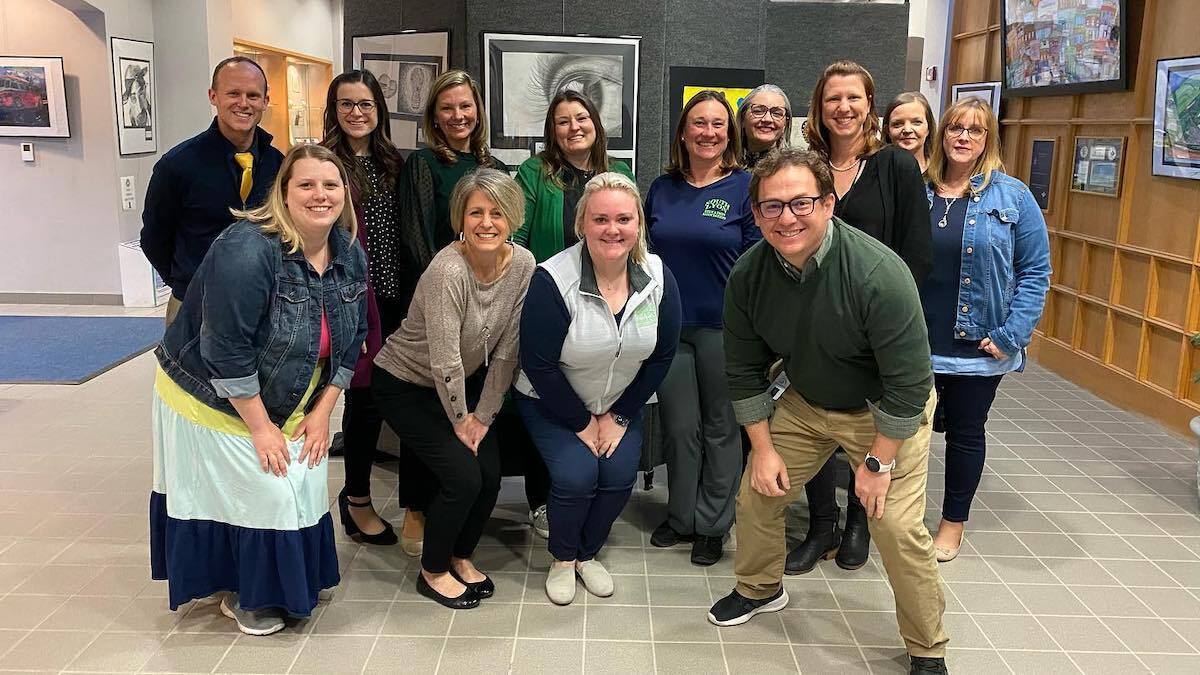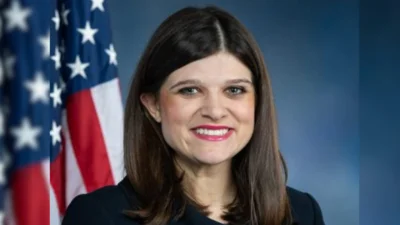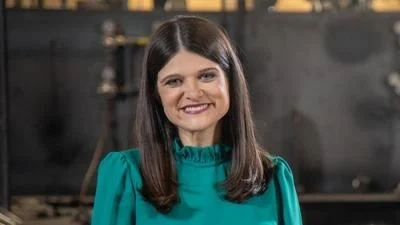South Lyon Schools UDL team. | South Lyon Community School District/Facebook https://www.facebook.com/slcs48178/posts/pfbid0BALUu3MMQuxwrP1ZDAzx3S6S52ctfoVmk66brAVjS9BYZd966qmjpJbxhHhkGfG7l?__tn__=%2CO*F
South Lyon Schools UDL team. | South Lyon Community School District/Facebook https://www.facebook.com/slcs48178/posts/pfbid0BALUu3MMQuxwrP1ZDAzx3S6S52ctfoVmk66brAVjS9BYZd966qmjpJbxhHhkGfG7l?__tn__=%2CO*F
Overall, teachers were very happy with their first year using the Universal Design for Learning (UDL) approach to teaching, they told the South Lyon Community Schools board at a recent meeting.
The board had been eager to hear how the UDL team had fared and what the results were.
The cohort of teachers shared stories of using UDL in their classrooms.
Teachers had applied to join the UDL cohort and participated in multiple days of professional learning and classroom lab experiences to learn its principles, said Kristin Weber, the director of secondary programs.
“Many of them have also taken on leadership roles in their schools to help educate their colleagues on the principles of UDL during our district professional learning days and also during staff meetings,” said Weber. “I wanted to highlight the work of this group as it would not have been possible without some of the grant funding that we have received from the state of Michigan over the last few years.”
Universal Design is a concept that comes from urban planning and design. It includes multiple avenues of instruction or application, with presentations in oral, video and diagrams for different types of learners. Applied to education, it means built-in accommodations to curriculums and lessons so that additional instruction or separate classes aren’t necessary. Participation involves worksheets, creative projects and using topics of interest to discuss ideas.
“In my classroom, UDL is empowering students to take ownership over their learning through choice,” said Sarah Athey.
Other teachers who used the program cited a decrease in academic stress, saying UDL created a flexible end goal with digital resources that allowed students to choose multiple answers on a test to earn partial credit.




 Alerts Sign-up
Alerts Sign-up